This weekend, I took my son and one of his friends fishing at a local pond. With wind whipping the water and no sign of fish activity, it didn’t take the boys long to figure out it was going to be a slow day. They wandered off to toss around a football and asked me to keep an eye on the rods.
I sat there, waiting for a fish to bite, and suspecting one wouldn’t. But it was no problem. I went birding. Or, at least, I scanned the pond and counted the number of waterfowl species. (Six, not bad for a city park).
As is so often the case, birding saved a slow day outdoors.
I’m not a fanatical life-listing birder but I have been spotting, identifying and observing birds since a very young age. I can’t imagine spending time outdoors without paying at least a bit of attention to the bird life.
Whether I’m fishing, hunting, hiking, cross-country skiing, camping, visiting national parks or just strolling along the greenbelt, I’m also birding.
I am often surprised when outdoor-loving friends tell me they have no interest in birding. There are, of course, many reasons to enjoy outdoor recreation, and I’m not suggesting everyone has to bird. But learning birds adds depth to just about any outdoor experience. And it’s an easy and inexpensive activity to learn.
Looking for birds will also improve your field skills, provide higher-quality experiences and quite possibly increase your commitment to conservation. Here’s why.
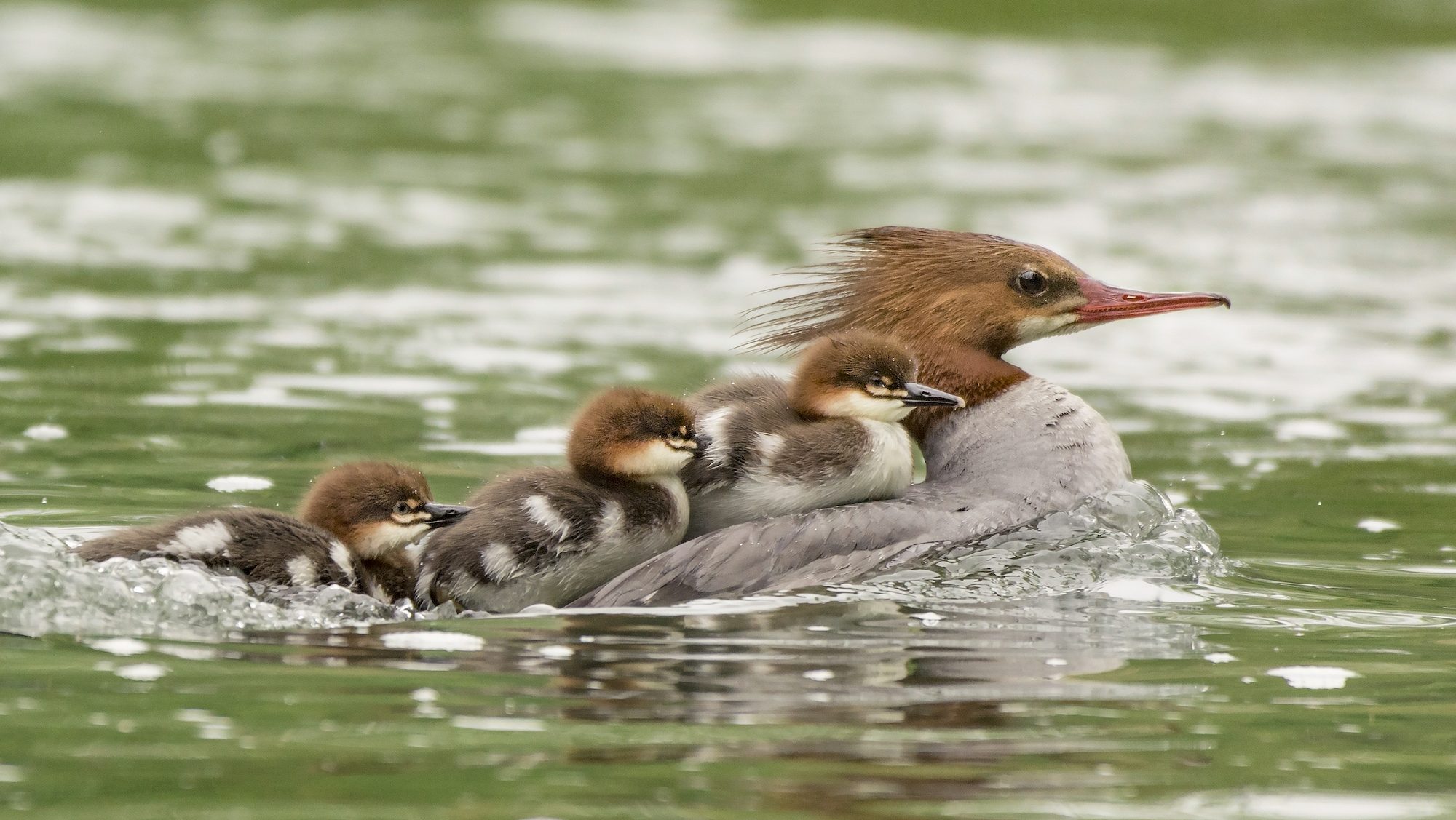
Birds Fill the Lull
Fly fishing literature is filled with half-baked philosophical musings. This is because fly fishers have a lot of time to philosophize, due to long periods when not much happens. Anyone who tells you otherwise has not spent much time fishing.
This is true of many outdoor sports. There are significant lulls in the action, whether you’re sitting on the deer stand or putting in the miles on a trail. You could spend that time contemplating the meaning of life, or worse, worrying about work. Or you could watch birds.
The birds are almost always there. Take a look around and try to identify what you see. If you’re in the woods at dawn, pay attention the individual bird calls you hear. What’s that hopping around the bushes? What kind of raptor is circling overhead?
By paying attention to birds, I find I’m almost never bored in the outdoors… even when things aren’t going as planned.
Why birds? In short, they’re the most visible of all wildlife. Despite the well-documented declines in bird abundance, you can still find birds just about anywhere. Wilderness areas offer great birding, but so do city parks. Or your backyard. Most bird species are active during the day. And while some species can be difficult to differentiate, they actually are easier to identify than you think. In short, if you want to identify the creatures that you see outdoors, birds offer a great starting point.
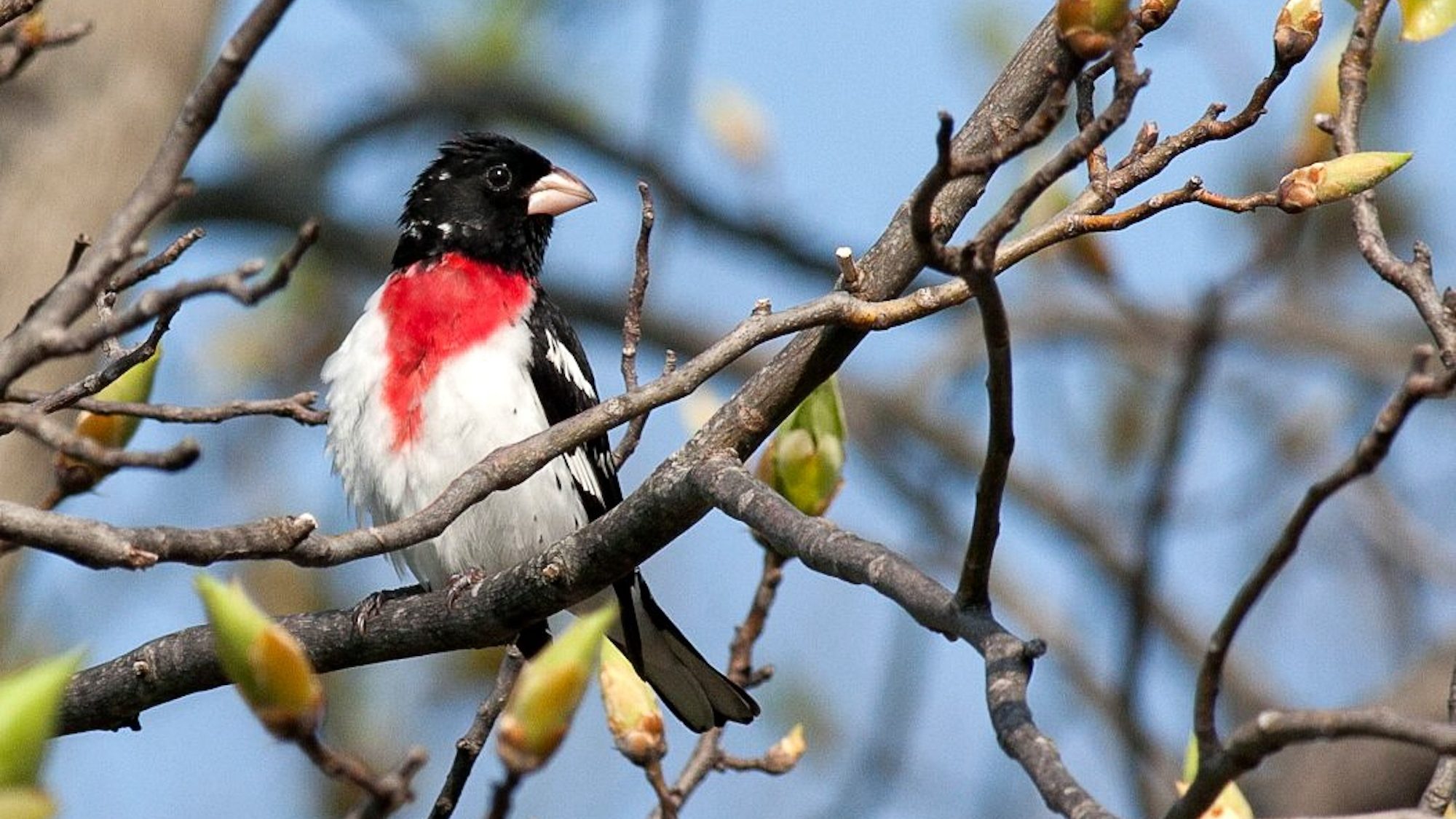
It’s rewarding to know the flora and fauna of the places where you recreate. But many types of wildlife are difficult to see. I keep a life list of mammal species. There are many spectacular, charismatic mammals, but most of them you don’t see on a day-to-day basis. Most mammals are small rodents or bats, and you aren’t going to see or identify them without specialized trips. It would be difficult to seriously search for new mammals while fishing. You have to pick. The same goes for reptiles or fish or dragonflies. I think, once you start learning birds, there’s a natural tendency to want to identify everything.
But you start on that path with the birds.
Perhaps even better than identifying avian species is observing their daily habits. If you’re being quiet (and you should), and observant (ditto), birds will go about their lives in front of you. In the course of my outdoor activities, I’ve seen a wide range of bird behaviors: feeding, nesting, hunting, fighting, preening, courting. I’ve seen woodpeckers excavating holes and turkeys mating. I’ve witnessed epic raptor battles and ospreys plucking trout from streams. I’ve had birds come so close I could touch them. And I’ve even had birds land on me.
Once you start looking, you’ll be surprised by how much you see. And it’s easy to start. The only gear you really need is a decent field guide. There are many apps that will help you with identification, but I think a paper field guide will still help you in bird identification (plus, they’re just fun to page through).
A decent pair of binoculars helps, of course, but I spend a lot of time outside without them – and I still see lots of birds. In fact, learning to see birds without binoculars is likely to improve your outdoor experiences – and not just because it’s something to do when the fish aren’t biting.

The Art of Seeing
One of my closest college friends has, in recent years, developed a love of national parks. He mainly enjoys hiking and seeing beautiful scenery, but of course he wants to see cool wildlife, too. I recall one trip trying to point out a grizzly bear. It was standing in a wide-open Yellowstone meadow.
I saw it. My friend’s family saw it. My 4-year-old son saw it. But no amount of pointing and cajoling could get my friend to see that bear. It strolled back into the forest before he got so much as a glance.
He could have benefited from some pre-trip birding.
Similarly, I often hear friends remark, upon returning from a backpacking outing, “Great trip, but we didn’t see much wildlife.” They meant the big stuff: elk and bighorn sheep and wolverines.
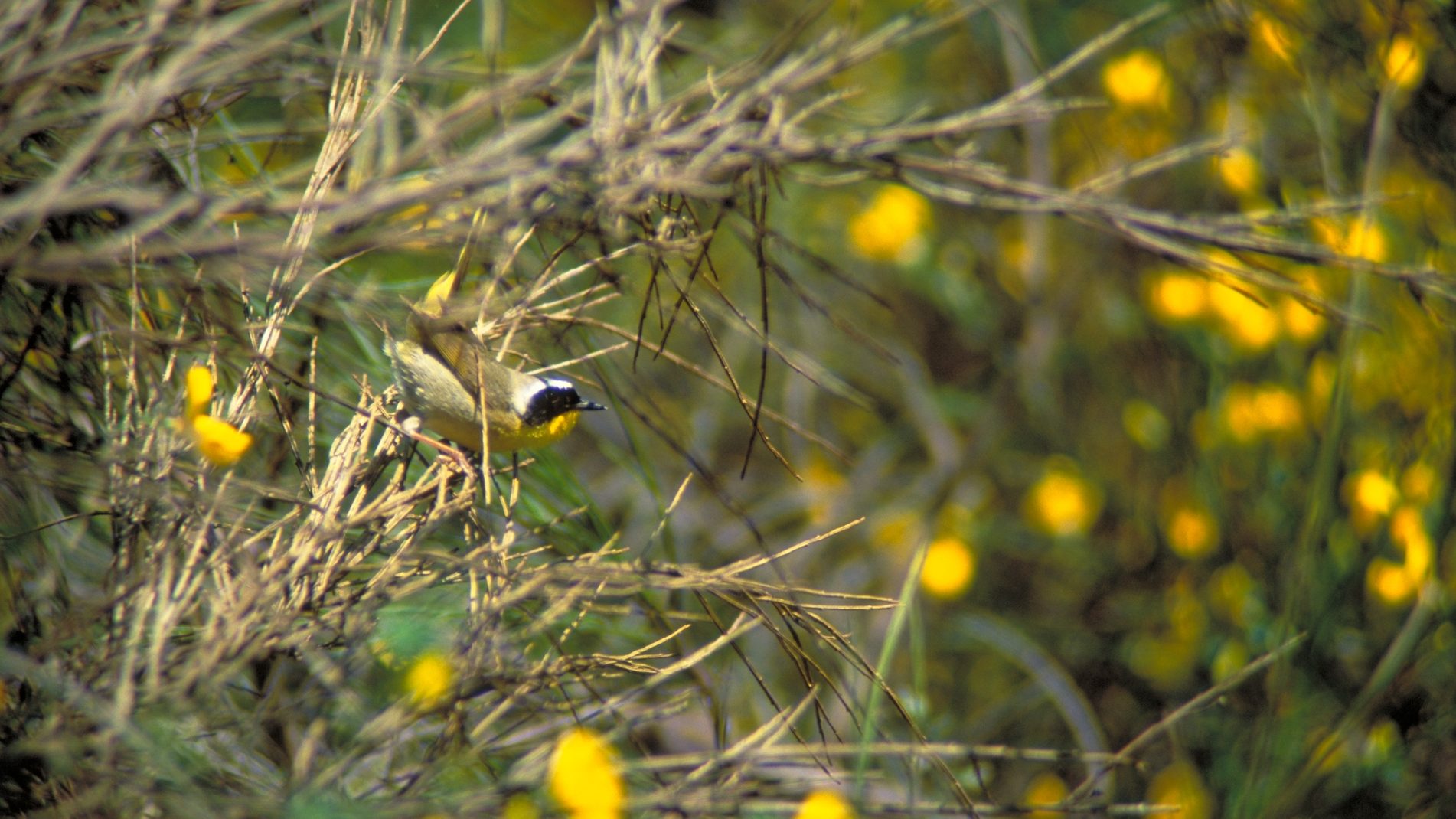
Birding teaches you to focus on the small. You are looking for movement, subtle cues, something slightly out of place. Many people, including outdoor enthusiasts, assume that wild animals will be easy to see, but it’s rarely the case. And, as stated, birds are everywhere and active. So you always have something look for.
It may seem obvious, but you see more when you’re looking. And not just birds. If you can spot a gray jay while hiking, a bear or mountain goat are going to be glaringly obvious. Trust me on this: If you look for birds, you’re going to see a lot more wildlife of all kinds.
Hunters and anglers have to be observant of wildlife if they’re going to have any chance of success. But I think they too would benefit from the practice of bird spotting and identification.
It is entirely possible to have an enjoyable and rewarding outdoor life without being a skilled naturalist. It’s next to impossible to be a skilled birder without developing significant natural history skills. There’s an art to seeing, really seeing. In my experience, seeing the birds leads to more quality observations of the entire ecosystem. You start paying attention to habitat, seasonal changes, other wildlife and their interactions.
This adds depth to your outdoor experiences. And I’d argue that it also makes them simply more fun.
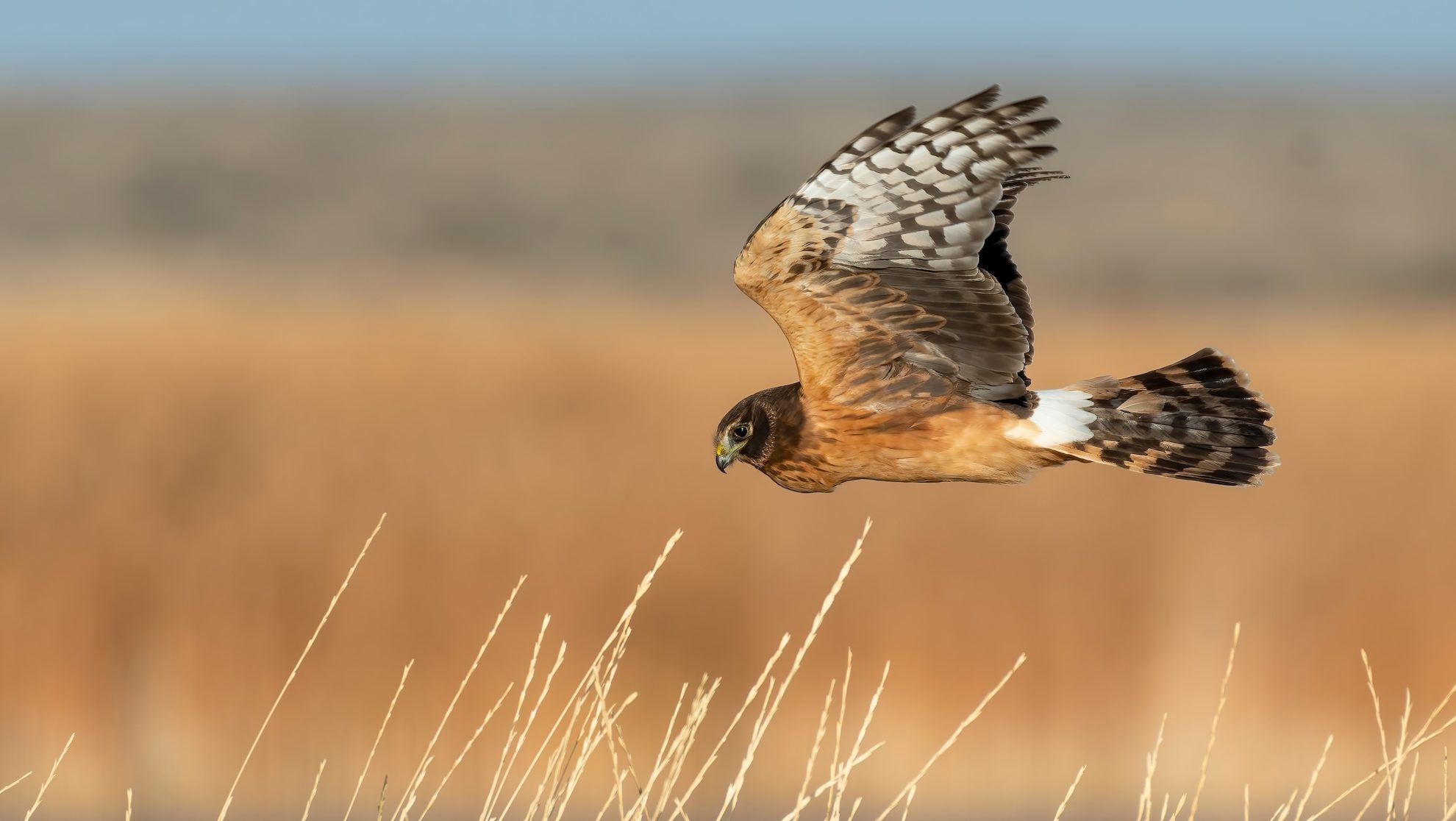
The Birder as Conservationist
It’s Earth Month, and a common message I hear every year is to “spend more time outdoors.” The implication is that spending time outside will inevitably lead people to care about the planet. I am passionate about outdoor recreation, and it’s a driving force in my life, but I’ll also argue that outdoor recreation alone is not a conservation benefit.
There are plenty of outdoor recreationists who see public lands and nature preserves as basically open-air theme parks.
There are many ways to cultivate responsible outdoor recreation and a conservation ethic. A love of birds is one of them. And yes, there are irresponsible birders, including those who go to any length (including harassing birds) just to “tick” new species. But I’ve found that birders, more so than any other outdoor enthusiasts I’ve encountered, are devoted to conservation.
The recent history of US conservation is testament to this. Bird lovers have played an unheralded role in many conservation successes, including the end of using wild bird feathers in fashion, the shooting of raptors, the use of DDT and more. Birders have taken the lead in many citizen science initiatives, creating a wealth of data that has tracked bird declines, shifts in range and the spread of invasive species.
I think the reasons for this are pretty simple. It’s because birding forces you to look, not just at birds but at their environments too. Birding forces you to be more present, and as such, try to comprehend what’s happening around you.
Doubt it? I challenge you to pick up a field guide and find out. You won’t see your local forest or stream the same again. And maybe, just maybe, you’ll find yourself heading out just to search for birds.
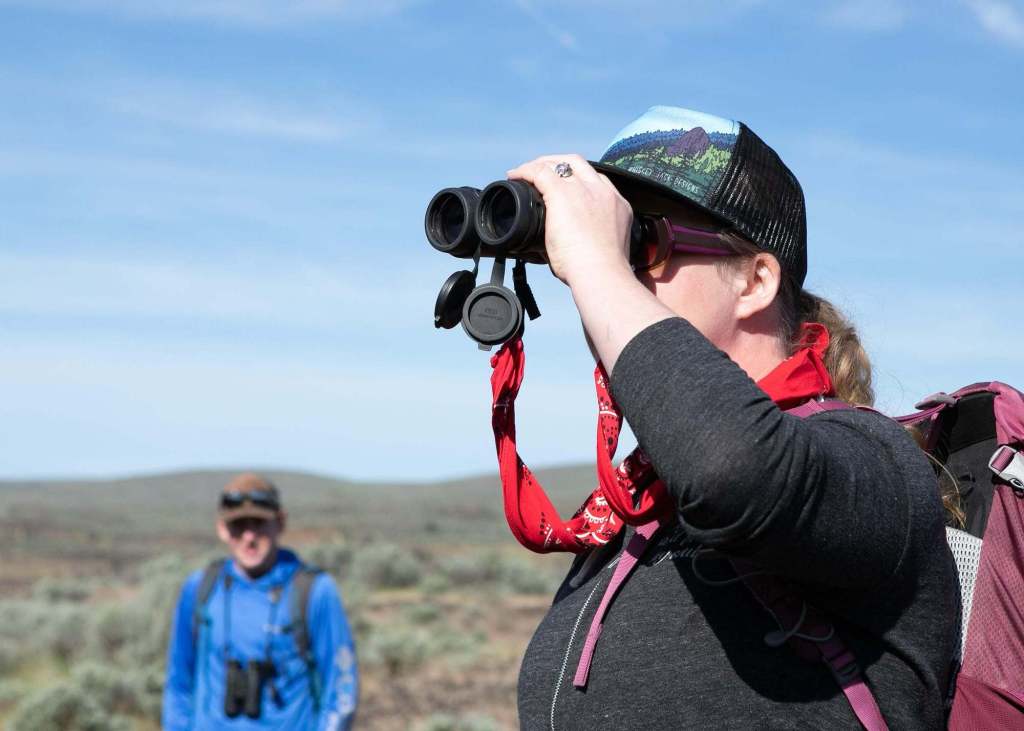

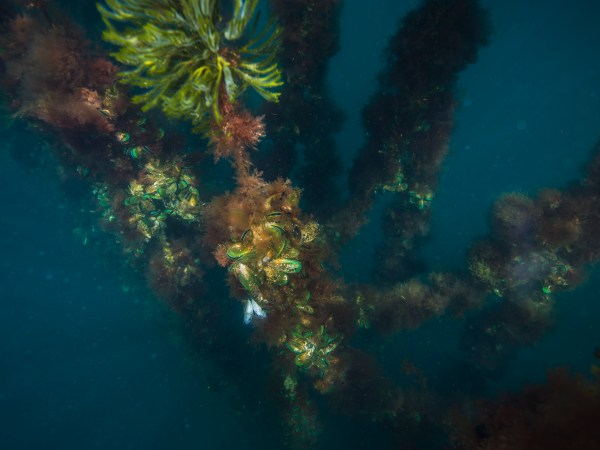

I have not been birding since this morning:-) It has become my favorite citizen science gig. It started all those many years ago watching Greater Sage Grouse. No my camera and eye enjoy many days wandering around from a small creek near my apartment to Idaho high country and deep into the Owyhees and many place in between. Birds as small as Calliope Hummingbirds to the big ones line Golden Eagles.
Today was chasing shore birds at Blacks Creek Bird Reserve just outside of Boise an oasis of water, mud, grasses, shrubs and more in the dry sage steppe. The bonus bird to day was a Peregrine Falcon fly by.
I’ve been enjoying birding off and on for years myself. I picked up the practice at work as the lady in the office next to me showed me the magic of looking through a “really nice” pair of binoculars and viewing the birds outside our office windows. I’m like you in that I’m not a fanatic birder filling out big lists. It’s just something I really enjoy doing, the simple act of watching a bird live it’s life for a few minutes as I secretly spy on it’s little world. I mostly enjoy drawing and painting outdoors but my binoculars are almost always with me because sometimes it’s nice to just see what’s going on out there. 🙂